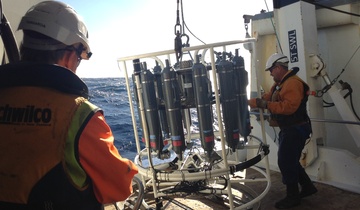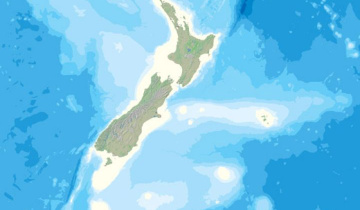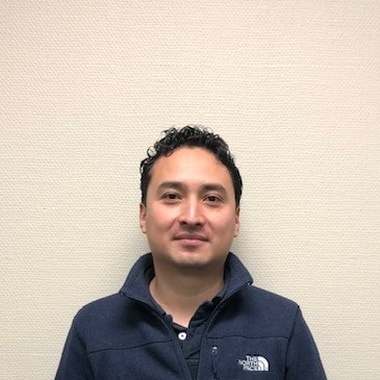Bathymetry
Latest news
Latest videos
Stitching together a new view of the seafloor
Combining multibeam bathymetry, specialist GIS software and high-resolution camera footage, NIWA has produced startlingly vivid three-dimensional photo-mosaics of undersea habitats.




























